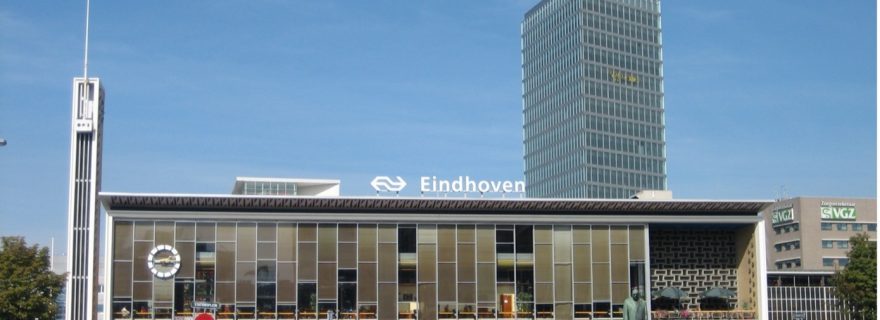Crisis Management 101 - Managing Mobs
Three bottlenecks in the Dutch response to curfew riots
The Dutch streets have been the playground of major disorder in recent days. In response to the introduction of a curfew to curb COVID-19 infections, large groups of youngsters left a trail of destruction while causing riots in city centers across the country. Riots targeted public properties, looted shops and set cars on fire. The events in Eindhoven, Den Bosch and Geleen, among others, naturally raise questions about the actions of the authorities: were they sufficiently in control? This article highlights three bottlenecks from a Crisis Management perspective. The article concludes with a plea for more attention to grassroots leadership and resilience exercised by citizens in local communities.
# 1: Recognition
Boin, Kuipers and Overdijk (2013) point to a number of core tasks that every crisis manager is confronted with when things get ugly. These core tasks include early recognition and sensemaking. Early recognition includes the timely identification of a potential security threat. Sensemaking involves the accurate estimation of the size and effects of the security threat, to enable appropriate action. These are no easy tasks.
In the case of the 'curfew riots' several 'types' of rioters can be identified. Criminologist Henk Ferwerdadistinguishes appointment-driven riots, in which rioters explicitly gather with the intention to disturb order; mass-driven riots, which arise from large political demonstrations, and incident-driven riots, which can suddenly spark a flame in individuals who did not have an intention to riot if the incident hadn’t happened.
Ferwerda argues that this case involved an amalgamation of all groups. In the run-up to the riots, critics of the curfew planned a mass demonstration against the measure. Police authorities also received multiple signals via social media in which groups of rioters call for violence – an appointment-driven riot. Once the flame hit, incident-driven rioters (mostly youngsters) joined the fray. As a young rioter explained himself: '…Finally something that gives me adrenaline again.'
The mixing of these groups makes early recognition a complex matter. The police can make a rough estimate of the risks on the basis of a demonstration call, but it is difficult to estimate whether things will go south. Consequently, it is difficult to estimate the total magnitude and effects of the riots ('sensemaking'), because the risk assessment in question was made on the basis of the threat of one type of rioter.
# 2: Critical decision-making
A second set of tasks involves decision-making when the threat manifests itself. That is no easy feat, according to Boin, Kuipers and Overdijk (2013). On the one hand, the effectiveness of the intervention is important: will the threat be eliminated? On the other hand, lawfulness is important; the intervention must be in accordance with the law (thus, proportional). The decision on which means to apply must be taken with great care, while crisis situations require quick and decisive action. In certain situations, tough interventions can lead to escalation. At the same time, soft interventions can fuel public outrage, as it instills a feeling that properties are not sufficiently protected. This happened in Rotterdam, where a frustrated entrepreneur was surprised by the wait-and-see attitude of the police.
# 3: Communication
Related to decision-making is the role of public leadership in interpreting and framing events afterwards. Public leaders play a major role in the process of so-called meaning making. Their statements (or: speech acts) have consequences for the way in which citizens view the events and how they perceive the perpetrators of the events.
This dynamic is apparent in the case of the curfew riots. The mayor of Eindhoven emotionally warned that ‘we are heading towards a civil war' and Minister of Finance Minister Wopke Hoekstra stated 'not to capitulate to a few idiots.' GroenLinks politician Jesse Klaver accused Wilder’s right-wing Freedom Party of inciting social unrest.
This role should not be underestimated. Securitization Theory recognizes the influence of framing in pitting citizens against each other by depicting societal groups as security threats. In this respect, the statement of a politician or mayor can lead to polarization and, indirectly, to an increase of social tensions.
Resilience: the neglected role of bottom-up leadership
This article has intended to analyze the curfew riots from the viewpoint of crisis management and traditionally highlights the role of public authorities. While this article does not provide sufficient space to elaborate on bottom-up initiatives, many citizens have organized themselves to clean up the affected neighborhoods and raise money for victims of the riots. Leadership theory could supplement existing crisis management scholarship in improving our understanding of community leadership in dealing with crises. Grassroots community leadership, for instance, can be a useful concept aiding our understanding of the ability of citizens to exercise resilience in the wake of a crisis.


